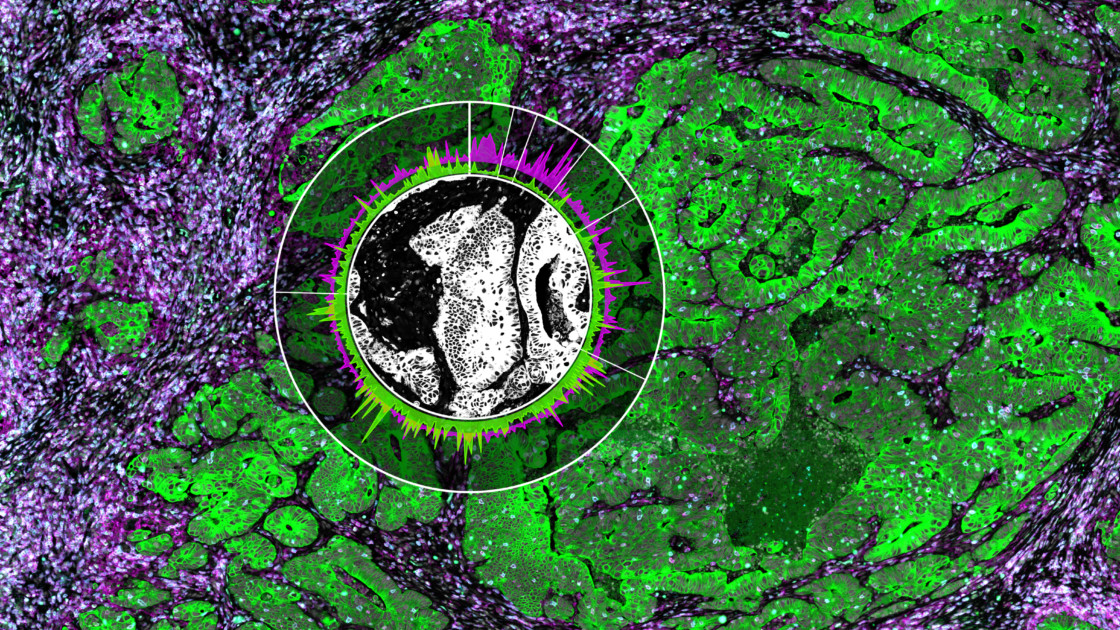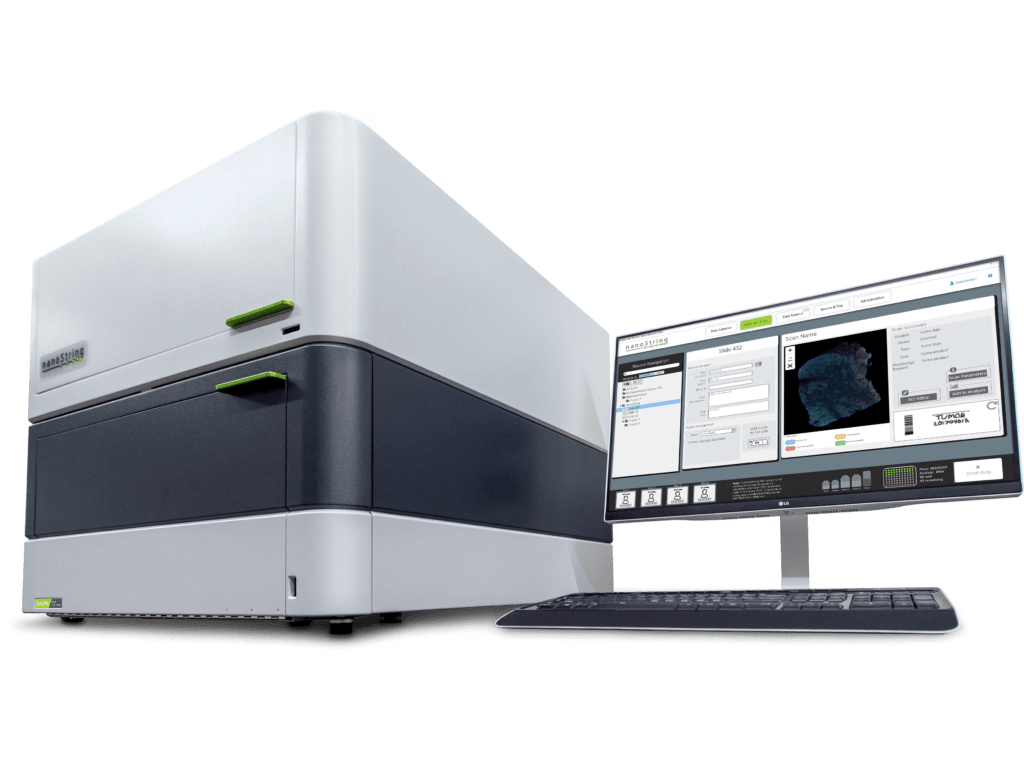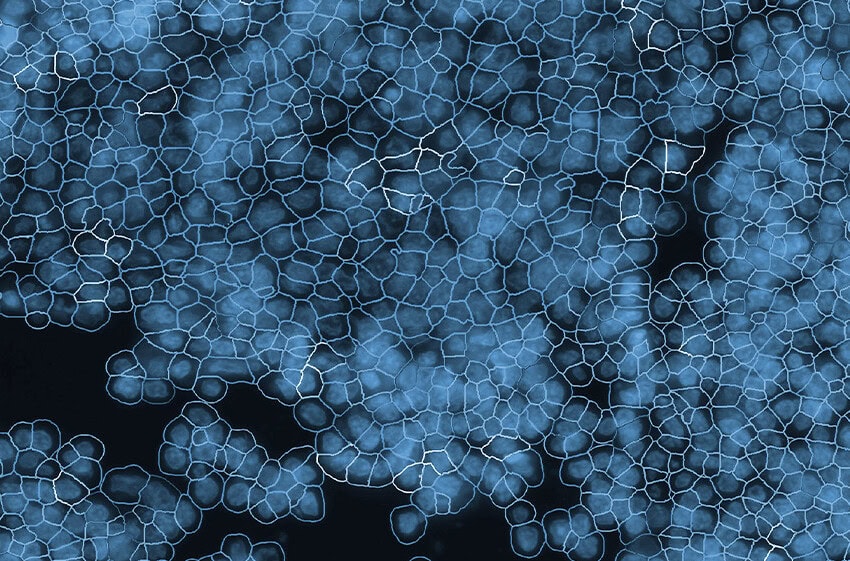
Spatial Biology named Method of the Year by Nature Methods
Established in 2007, the Nature Methods’ “Method of Year” feature has covered the most revolutionary methodological developments in life science research. Starting in 2007, the Method of Year winner was, Next-Generation Sequencing (NGS), “…our discussion was quick: we soon had a clear winner in next-generation sequencing.” (1).
To be nominated, a method has to fundamentally impact and dramatically advance the way scientists explore questions otherwise unanswerable. From the 2009’s stem cells-induced pluripotency (2) to 2013’ single-cells sequencing (3) – just to name a few – 2020 was the year of spatial biology (4). And NanoString was a key commercial player in their Method of Year selection (5).
This blog is meant to celebrate the vision of our Chief Scientific Officer and father of GeoMx® Digital Spatial Profiler (DSP) Joe Beechem, Ph.D., and the ingenuity, grit, and ambition of his team of researchers, scientists, engineers, and programmers.
We sat with Joe for a walk down memory lane on how and why GeoMx DSP came to light and how he sees the future of life science.
NSTG: How exciting is it to see spatially resolved transcriptomics named method of the year?
JOE: Really exciting, but it feels just like yesterday (it was actually in Jan 2016) when I was working on a new way to do ultrahigh-plex spatially resolved profiling (that later became the GeoMx DSP chemistry), and people would look at me and say, “why would anyone want to do that?” In fact, one of the first non-NanoString scientists that I described this technology to was a very prominent Research Pathologist, and he stated, “I’ve spent my career trying to understand 2 or 3 or 4 spatially resolved markers in tissue, no one will ever be able to understand 1000’s of them!” Well, I’m glad we didn’t kill the program back then when we got this feedback. Now that we (and others) have developed technologies that can start yielding spatially resolved answers at the whole transcriptome level, the question is now, “what can’t we answer with all this information?”
Every high-plex spatial experiment that is currently being performed is discovering new biological insights that were simply un-dreamed 5 years ago. It’s really great that HighPlex Spatial Biology received Method-of-the-Year, joining the ranks of Next-Gen-Sequencing and single-cell RNAseq as the newest technology that will be capable of transforming all aspects of Life Sciences.
NSTG: What does this mean for science?
JOE: As next-generation sequencing has done before, High-Plex Spatial Biology has the potential to completely transform our molecular understanding of how tissues function. Up until now, we have only understood how the gross anatomy of organs functioned. Now, we have molecular tools that will allow us to understand at a molecular level how the entire transcriptome is “coupled” to the elegant superstructures of tissues and organs. With this added information, we should be able to “retire” crude scalpels (used to remove diseased tissues-organs) and replace them with molecularly guided therapies capable of returning them to a healthy state. Of course, this methodology will not just be limited to human tissue. These studies will be expanded beyond just health and disease and be utilized to understand the “spatial-workings” of all life on this planet (plants, animals, and their interactions with single-cell bacteria, viruses, etc.).

The Role of GeoMx Digital Spatial Profiler in Spatial Biology
NSTG: What role does NanoString play?
JOE: NanoString was the first company to develop a completed integrated platform for high-plex profiling of both RNA and Proteins in a spatially resolved manner (the GeoMx Digital Spatial Profiler). Our goal was to give the entire world access to simple, automated technology that can spatially profile at unlimited multiplexing. But we aren’t stopping there; we have announced that we are now developing an additional class of instrumentation, called a Spatial Molecular Imager (SMI). The SMI specializes in sub-cellular and single-cell resolved high-plex measurements, bridging the two spatial domains critical in understanding how tissues and organs function. And we won’t even be stopping after this. NanoString’s role will be to develop automated platforms and novel chemistry to continue to transform all aspects of Spatial Biology.
NSTG: What research fields/applications are you excited to see adopting this method?
JOE: The earliest fields to be transformed by this approach are oncology, immunology, neurology, and developmental biology. You will then see high-plex spatial biology get extended to the studies of plants and many additional non-mammalian systems. You will also see this technology extend into areas of high-throughput biology, such as Crispr-Cas9 and many additional areas where “classic” non-spatially resolved assays are converted to much higher throughput, higher sensitivity, spatially resolved assays.
NSTG: What does the future of spatial transcriptomics look like?
JOE: Much like the development of Next-Generation Sequencing, spatial transcriptomics will become a “foundational” method to understand all life forms on the planet essentially. This is not a technology that is going to come, get hot, then disappear. This spatially resolved information is so fundamental to understanding how all life on this planet operates, it will never go away. It will continue to develop and become more powerful as we add high plex spatially resolved capability to ALL of the key chemicals utilized by life on earth.
For Research Use Only. Not for use in diagnostic procedures



